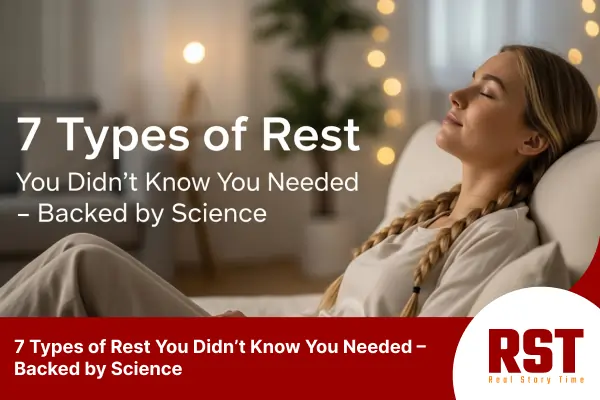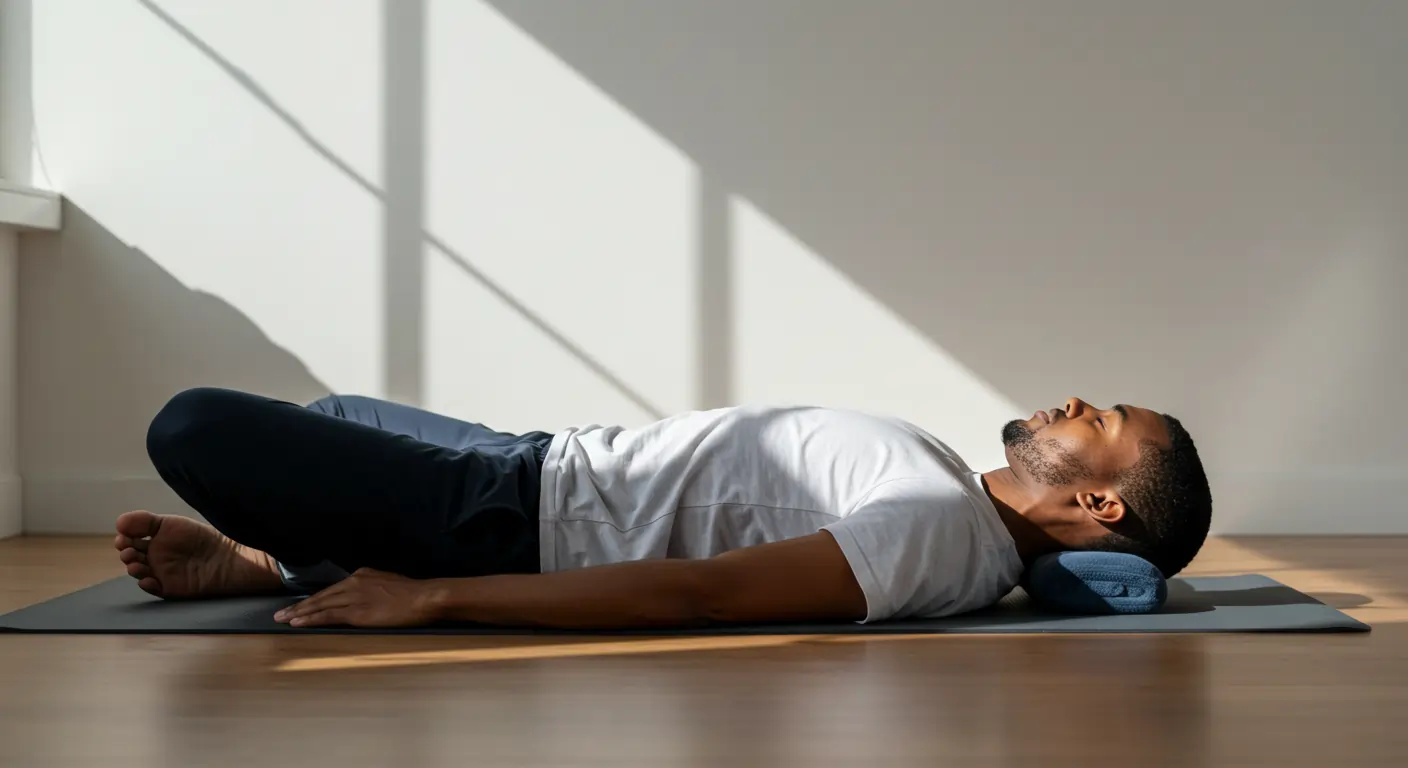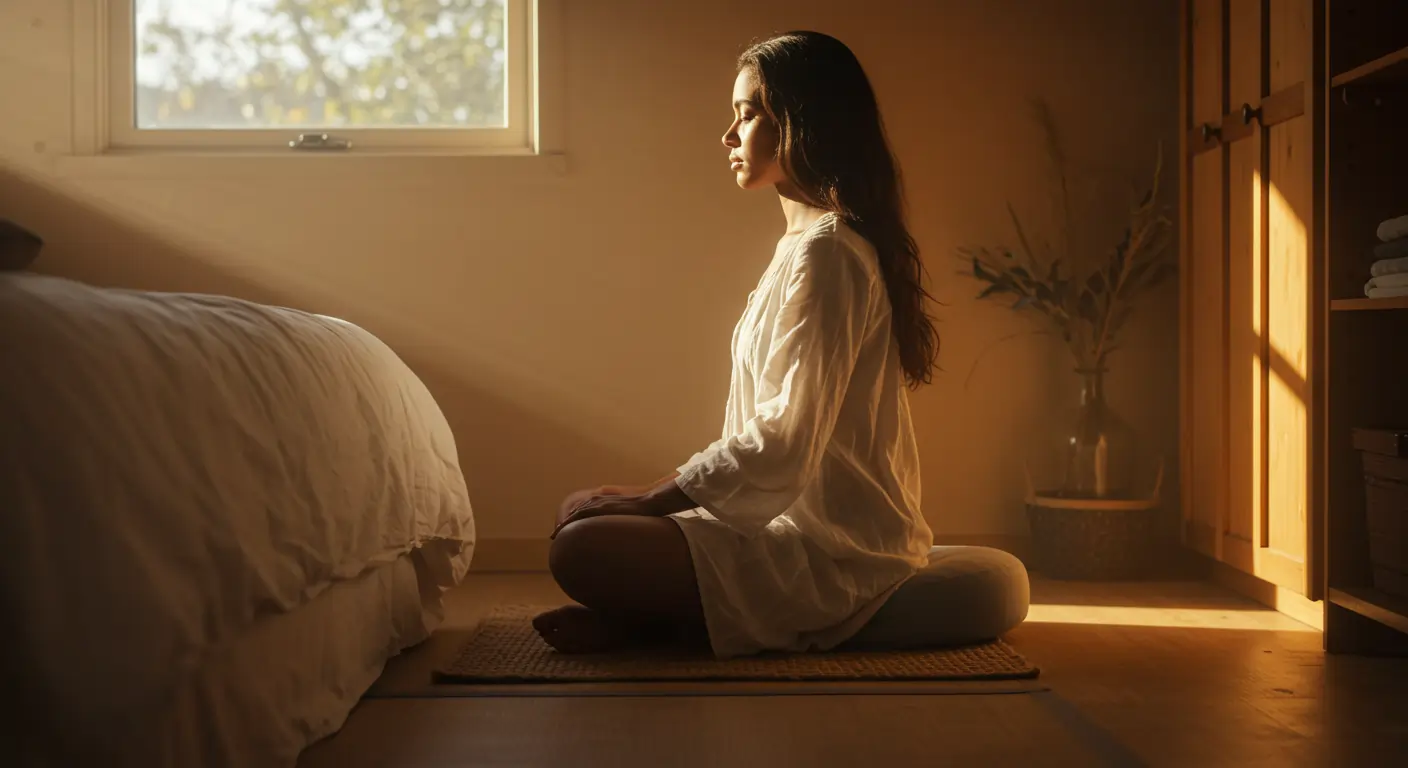7 Types of Rest You Didn’t Know You Needed – Backed by Science
By Ujen Rajkarnikar - Jul 8, 2025 | Updated: July 8, 2025 | 8 min read

In our contemporary lives of all-around connectedness and technologies, a large number of people are dealing with chronic fatigue despite enough sleep. Though we might spend the prescribed amount of time in bed, we awaken unrefreshed in a vicious cycle of exhaustion. This reality hints at an essential yet underrated fact: sleep and rest are not the same; our bodies require more multifaceted rest than a single night’s sleep can offer.
Scientific understanding now suggests that humans require several types of rest to function aptly. Apart from physical rest, our minds, senses, emotions, and even our creative spirits need periods of recovery. The chronic stimulation of electronic media, societal expectations, and work requirements gradually drain us in ways that sleep alone cannot compensate for. Recent research has suggested that unless these needs are fulfilled, we are vulnerable to burnout regardless of how much we sleep.
According to science, seven validated types of rest are necessary for actual recovery. By expanding our understanding of genuine recovery, we can design stronger counterstrategies to the pressures of exhaustion. Taking care of and respecting these multiple needs may be the key to truly lasting energy and health for us.
7. Physical Rest: Beyond Just Sleep

Nowadays, people’s lifestyles often involve extended periods of sitting, which can lead to repetitive stress and chronic stress. Each one can trigger tension and fatigue in muscles that cannot be treated by sleeping. Passive rest, when combined with active recovery, leads to more physiological recovery. To help recover from this, physical rest, one of the seven essential types of rest, is vital.
Physical rest offers two means for increased body recovery: passive rest for cellular repair and energy recharge, and active rest for circulation and motion. Combining both forms through daytime microbreaks (stretching or yoga) increases musculoskeletal recovery, preventing stiffness and soreness.
Promoting basic interventions, such as planned movement pauses and horizontal rests, is essential to implementing physical rest successfully. Expanding the definition of physical rest beyond the bedroom can help alleviate everyday physical stresses.
6. Mental Rest: Quieting the Overthinking Mind

Modern minds are constantly stressed due to overthinking, decision-making, and data overload, requiring specific rest to reboot and reset cognitive senses, resulting in lower productivity, increased mistakes, and emotional burnout.
Neuroscience suggests two core methods for mental rest: planned anxiety sessions and the practice of mind-calming exercises like meditation or nature exposure. These methods reduce cortisol levels and enhance alpha brain waves, ultimately reducing mental exhaustion.
Pragmatic mental rest involves setting boundaries between mental work and recovery through strategies like “no meeting” blocks, tech-free mindfulness breaks, or journaling to manage chronic mental exhaustion.
5. Sensory Rest: Resetting From Digital Overload
Society today has subjected us to non-stop sensory input, from ringing phones to fluorescent lighting and ambient background noise. Work indicates that this non-stop stimulation keeps our nervous systems in a state of heightened alertness, draining energy reserves that sleep alone cannot replenish.
Neuroscience supports that sensory relaxation promotes cognitive recovery and reduces stress hormone levels. Research indicates that the inclusion of reduced screen time before bed vastly improves the quality of sleep, while short “sensory fasting” experiences, such as taking a walk outside, reduce distraction better and enhance overall focus and emotional regulation.
Recent science suggests options for restoring practical sense through daily routines, such as phone-free meals, the use of blue light filtering, and a low-stimulus environment. Easy habits (e.g., turning off notifications) can help reduce the overall cognitive load and help reverse the draining quality of our hyper-connected lives.
4. Creative Rest: Replenishing Your Inspiration
Creative fatigue can stem from the culture’s relentless push for innovation. As suggested by neuroscience, creativity thrives in easy engagements, also known as “incubation.” Sleep alone won’t alleviate creative burnout, as inspiration requires carefree exploration and mental meandering.
Creative cognition research identifies two processes for achieving creative rest: deliberate exposure to new stimulation, whether from nature or the arts, and spontaneous thinking. Indulging in hobbies is one process that activates the default mode network (DMN) of the brain and is associated with “ah-hah” moments in the creative process, allowing for greater potential for imagination and insight.
There are at least four processes of imaginative rest that can be incorporated into scheduled incubation times, self-hobby opportunities, and daydreaming to enhance creative thinking and problem-solving. These short mind breaks help refresh our imaginative energies and promote creative breakthroughs. Small breaks and rests stimulate innovation and rekindle creative capacity; productivity increases when paired with creative rest and mental care as opposed to laziness.
3. Emotional Rest: The Hidden Cost of People-Pleasing
Emotional labor, particularly the act of endlessly trying to please, can be very draining on our energy levels and activate the chronic stress response system, significantly diminishing our mental energy reserves that aren’t replenished through sleep. Even if we get enough sleep, we may still feel exhausted because sleep alone cannot replenish the unresolved emotional exhaustion and unmet needs. As such, neurologists recommend emotional rest as one of the seven types of rest necessary for our mental well-being.
Neuroscience research shows that setting boundaries in our lives helps activate the prefrontal cortex, reducing stress. Emotional rest, achieved through personal limits, lowers cortisol levels more effectively than passive recovery alone, addressing emotional suppression and pent-up aggression.
Science advises daily micro-practices for emotional restoration, such as scripting polite refusals, designating emotional off-duty hours, and using journaling to process withheld feelings.
READ MORE: Nepal’s First Fiber Cement Board Plant Opens with Backing from IME Group
2. Social Rest: The Introvert’s Secret Weapon
Social fatigue results from a constant bombardment of social interactions. These interactions can gradually drain our energy reserves, especially for the introverts among us. Science suggests that social rest, which provides quiet time spent alone to replenish our capacity for meaningful connection, allows us to rise again.
More studies on intentional disengagement suggest that purposeful disconnect can lower certain stress hormones in our systems while enhancing emotional resilience. For some, social rest may mean resting and time alone after social engagements. For others, it may mean curating meaningful social gatherings with friends and family. Both approaches create room for the brain to relax from social operations.
Social rest strategies, such as setting a cut-off time for communications, creating visual distances when engaging with technology, and planning time for solitude, are not a behavioral process of shutting down and denying our social obligations. Instead, these are techniques that have scientific legitimacy to maintain healthy relationships.
1. Spiritual Rest: Finding Purpose Beyond Productivity

Science recommends spiritual rest as one of the types of rest and a solution to modern burnout, as well as one of the seven types of rest required for our bodies. Spiritual rest involves cultivating meaning that transcends mere doing. Purposeful activities activate our brain’s reward system, which can help reduce stress and enhance resilience.
Using neuroscience research, it has been demonstrated that religious activities, such as prayer, meditation, or walking, activate the prefrontal cortex and the vagus nerve in a manner that induces bodily relaxation distinct from sleep. Religious and Spiritual activities like these lower inflammatory cytokines and raise oxytocin levels, offering rewards in addition to efficiency.
Braiding spiritual connection into daily activities through morning intention-setting, weekly walks, and volunteering can be a pragmatic way to combat the fatigue of an output-driven life.
How to Apply These Types of Rest?
Actual rest is not equivalent to just nighttime sleeping. Actual rest involves monitoring our energy levels throughout the day and understanding when we are mentally tired, burnt out, or stuck on inspiration. It only takes a single rest priority per occasion, such as declining unwanted invitations, planning recovery time from social activities, or even starting an emotional journal, to restore a lot more value than merely counting sleeping hours.
This method reinforces concentration, emotional stamina, and relationship building by redefining rest as an active, self-directed practice that responds to physical, psychological, and emotional requirements.
Conclusion: The Essential Role of Rest in Today’s World
Sleep alone will not heal systemic burnout caused by modern living. Healing can only occur through acknowledging all seven types of rest, from physical to spiritual, since neglecting these needs results in wasted energy, low performance, and poor well-being.
To improve health, resting more intelligently is necessary, starting with a personal review of rest and implementing effective recovery strategies. This means setting digital boundaries, honoring emotional boundaries, and rekindling our creative spark.
In an age where burnout is a badge of honor, incorporating proper rest is critical to self-care and the quality of our waking lives, as our bodies have been communicating their needs.
Notice an error?
Help us improve by submitting a correction.







